Over time, car components will get worn, damaged, malfunctioned, or simply stop working. When this happens, car owners should immediately contact their mechanic to have it fixed, especially if the damage or broken parts are vital in operating the vehicle.
However, you can repair the faulty gauges of your car on your own. Philkotse.com prepared some tips on how to fix gas gauges of in your vehicle.
1. How important is gas gauge?
Dashboard gauges, for example, are prone to breaking or may stop functioning over time. These gauges are important because it provides drivers with the vital information necessary for a safe driving experience. It indicates the amount of fuel left in the car’s gas tank. It also alerts drivers if it’s already time for a gas refill.
If your car’s gas gauges become faulty or malfunctioning, it should be fixed as soon as possible, otherwise, it will provide inaccurate information which can lead you to unexpectedly running out of gas.
Running out of gas may seem to be a minor inconvenience, it can still result in various long-term effects for your car. It can increase the wear and overheat of the fuel pump which can cause several pump problems afterward.
Cars who run low on fuel can lead to the fuel pump to procure sediments that may block the fuel injectors, fuel filters, and/or high-pressure fuel pump. Besides gas gauge, you also need to check the condition of your car if your car gauges not working.
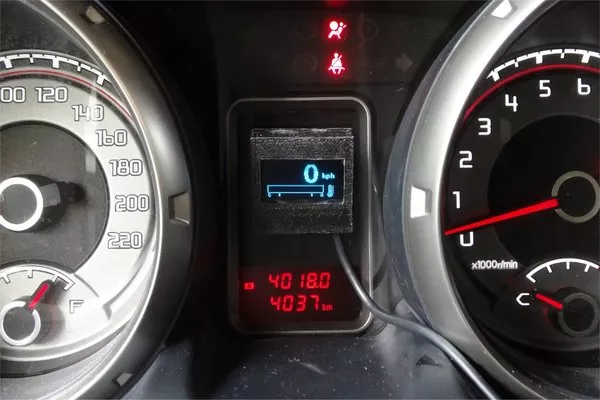
False gas gauges can provide inaccurate information which can lead you to unexpectedly running out of gas
2. Basic parts of the gas gauge and its functions
The fuel gauge system is made up of 3 basic parts namely the sender, gauge and the circuit. So, the failure of the gas gauge can either be because of the fault in any of these basic parts.
Sending unit/sender
The sender or sending unit is a component a Fuel Pump Module that is a mixture of parts including the fuel strainer, fuel pump, fuel float, and fuel filter. An ignition circuit will input voltage. A fuel sender will then modify this voltage. The contacts of the fuel float go on a variable resistor or potentiometer which changes the resistance based on the float level. This has an effect on the modification of output voltage.
There are wired systems to allow high levels of fuel in contacting low-resistance section which will gradually increase the resistance once the levels of fuel drop. The gas system will then output the voltage of higher value at a high level of fuel.
It will then drop the voltage gradually as the level of fuel drops. Some systems contain opposite wiring, meaning high levels of fuel corresponds to low voltage and high resistance. But nonetheless, it still goes through a similar procedure.

The sender or sending unit includes the fuel strainer, fuel pump, fuel float, and fuel filter
Gas gauge circuit
The second basic component of the fuel gauge circuit is the fuel gauge unit. This part is responsible for connecting the sending unit, ground, fuel gauge, and battery. Grounded to the electrical system are some of the latest sending units. However, for some older vehicles, the sending units are grounded to the frame or body.
Gas gauge
The last one is the gas gauge which is found in the instrument cluster. Its role is to visually indicate the activity in the sending unit and fuel tank. Other fuel gauges are controlled directly by the voltage feedback delivered by the sending unit. Some gas gauges have the instrument cluster that controls them and the instrument cluster, itself, takes voltage information coming from the sender or the sending unit.
So, when the fuel gauge is not working, this means there are problems in these parts. The most usual issues of the fuel gauge will be the failure in a sending unit, circuit problems, failure in the fuel gauge, and failure of the instrument cluster.
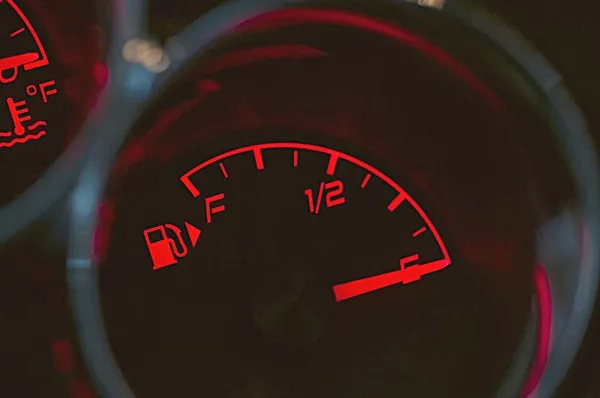
The gas gauge is to visually indicate the activity in the sending unit and fuel tank
>>> Related post: Which parts are most heavily affected by draining your car’s fuel tank?
3. How to fix the malfunctioned gas gauge
Fixing a gas gauge only requires basic tools and a whole lot of patience and of course, follow these simple steps:
Step #1
Start by repeatedly turning the ignition on and off. Inspect the needle on the gas gauge and check if it will move. If not, most probably, you have a blown fuse which needs replacement.
The fuse box can either be situated in the compartment of the engine or under the driver’s side dash. Better check the owner’s manual to determine the exact location of the fuse then replace it.
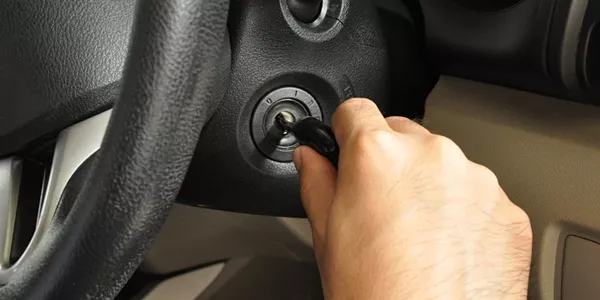
Repeatedly turn the ignition on and off
Step #2
Next, test the grounding wire on the sending unit of the fuel tank. This for-fuel part is extremely important to your car in the long run because if you inadvertently let the tank drained, it can affect other parts around it.
In other words, as the grounding wire is attached to the fuel tank of the car, it also should be checked when there the gas gauge has problems.
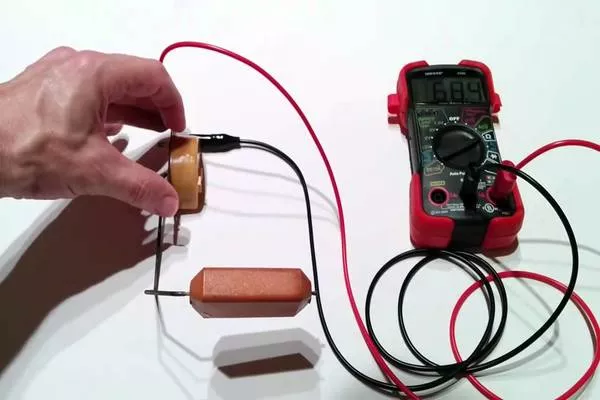
Test the grounding wire on the sending unit of the fuel tank
In order to do so, connect the negative jumper to the frame of the car and then the positive jumper cable should be attached to the sending unit grounding terminal. Look and check if the fuel gauge is working when the jumper cables are attached, if yes, you will need to replace the grounding wire situated on the sending unit.
Step #3
Inspect the fuel gauge after disconnecting the wires connected to the gas sending unit. If the needle points out on the empty reading, then you have a faulty gas gauge. In order to fix it, you need to replace the fuel gauge.
On the other hand, if the needle points out on the full reading, then the problem is a faulty sending unit and you need to replace it to fix the gauge.
Step #4
Double check if all the wires are connected securely to the back of the gas gauge. To do so, you need to have access to the instrument cluster by removing the dashboard. However, there is a different process to do this depending on the make and model of the car.
So, in order to accomplish this properly, you have to refer to the owner’s manual of your vehicle.
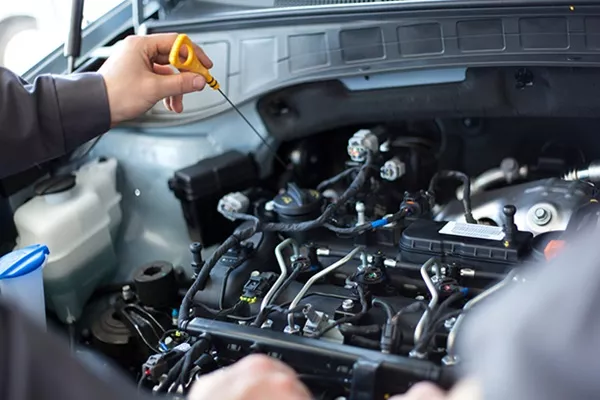
Double check if all the wires are connected securely to the back of the gas gauge
Examine the grounding wire on the gas gauge by connecting the negative cable to the frame of the car then the positive jumper cable to the grounding terminal of the fuel gauge. Turn on the ignition and check the fuel gauge. If it is still not working, then you will need to replace the grounding wire to fix the gas gauge.
Have more useful information for your car right here, change your direction to our tips and advice!
Recent posts
- Top 4 popular alternative fuels: Debunking the myths Aug 16, 2022
- 6 useful tips to fill up your tank with the right fuel Jan 26, 2021
- How to compute your actual fuel consumption? Feb 11, 2019
- Fuel-saving products for cars: Worth it not? Oct 19, 2022
- 9 Ways to Get the Most Out of Your Car’s Fuel Jun 28, 2018












